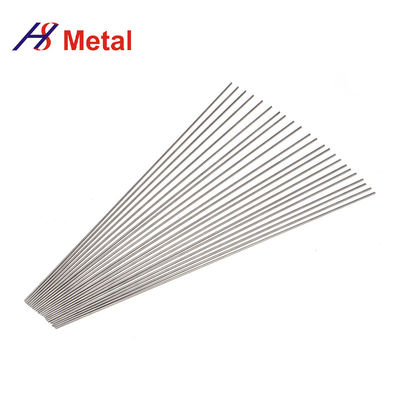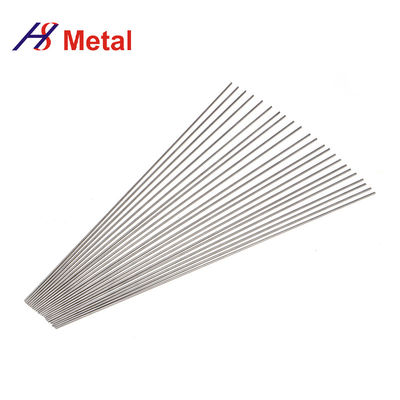-
 John WilsonHypersolid Metal Tech Co., Ltd is a very responsible company that can effectively solve our problems. I hope there will be opportunities to work together in the future.
John WilsonHypersolid Metal Tech Co., Ltd is a very responsible company that can effectively solve our problems. I hope there will be opportunities to work together in the future. -
 miaThis company is the best I have ever seen. The company's employees are particularly enthusiastic and able to respond and meet our needs. If there is a need in the future, I will still work with you!
miaThis company is the best I have ever seen. The company's employees are particularly enthusiastic and able to respond and meet our needs. If there is a need in the future, I will still work with you!
Non Ferrous Molybdenum Bar Rod Polished Surface Corrosion Resistant

Contact me for free samples and coupons.
Whatsapp:0086 18588475571
Wechat: 0086 18588475571
Skype: sales10@aixton.com
If you have any concern, we provide 24-hour online help.
x| Name | Molybdenum Rod | Purity | Pure 99.95% Molybdenum |
|---|---|---|---|
| Application | Vacuum Furnace | Surface | Polished Surface |
| Density | 10.2g/cm3 | Usage | Aerospace Industry, Chemical Equipment Industry |
| Highlight | Non Ferrous Molybdenum Bar,Non Ferrous Molybdenum Rod,Corrosion Resistant Molybdenum Rod |
||
Non-Ferrous Molybdenum Rod Corrosion-Resistant
Molybdenum Rod Application
Lighting. molybdenum has been used extensively as the filament in traditional incandescent light bulbs. Due to low energy
efficiency, high heat generation, and short service life, these light bulbs have been gradually replaced by fluorescent and lately by LED lights.
Furnace parts and High-temperature alloys. Due to high melting points and high strength, molybdenum and its alloys are used in many high-temperature applications, such as arc-welding electrodes, heating elements and shields in high-temperature vacuum furnaces, and turbine blades in generators and aircraft engines.
X-ray targets. molybdenum is the most used target material in x-ray generation. Molybdenum has a high atomic number which increases the intensity of the x-rays at a set of voltage and current. Its high melting point also allows the x-ray anode to become white hot.
Specification of Molybdenum Rod
|
Diameter |
0.125 (3.18 mm) 6 (152 mm) |
|
LengthVarious lengths are available |
|
|
Purity |
Mo≥99.95% |
|
Material |
Pure Molybdenum, Molybdenum TZM, Mo- La alloy |
|
Standard |
ASTM B-387 |
Properties of Molybdenum Rod
*If the diameter is <0.125”, please check our Molybdenum wire.
Molybdenum rod and molybdenum bar are formed by sintering molybdenum powder. Molybdenum rod has a high melting point, good thermal conductivity, and low thermal expansion performance. It can be used to manufacture electric vacuum devices and electric light source parts, and can also be used as high-temperature heating elements, high-temperature structural parts, electrodes, etc.
Please view the molybdenum rod to see our standard sizes of round bars. The above are most of the standard sizes of our molybdenum rectangular bars. If you do not see the size of the molybdenum bar that you require, please feel free to contact us.
Molybdenum Rod Surface
Cleaned: The surface is chemically cleaned to remove all lubricants and oxides.
Black: The surface is either as swaged or as drawn and retains a coating of processing lubricants and oxides.
Chemical composition
|
Grade |
Molybdenum(Mo) (%) |
The impurity content is not more than (%) |
|||||||
|
Fe |
Ni |
Al |
Si |
Mg |
C |
N |
O |
||
|
Mo-1 |
99.95 |
0.01 |
0.005 |
0.002 |
0.01 |
0.005 |
0.01 |
0.003 |
0.008 |
|
Atomic number |
42 |
|
CAS number |
7439-98-7 |
|
Atomic mass |
95.94 [g/mol] |
|
Melting point |
2620 °C |
|
Boiling point |
4639 °C |
|
Density at 20 °C |
10.22 [g/cm] |
|
Crystal structure |
Body-centered cubic |
|
Coefficient of linear thermal expansion at 20 °C |
5.210-6[m/(mK)] |
|
Thermal conductivity at 20 °C |
142 [W/(mK)] |
|
Specific heat at 20 °C |
0.25 [J/(gK)] |
|
Electrical conductivity at 20 °C |
17.9106[S/m] |
|
Specific electrical resistance at 20 °C |
0.056 [(mm2)/m] |





